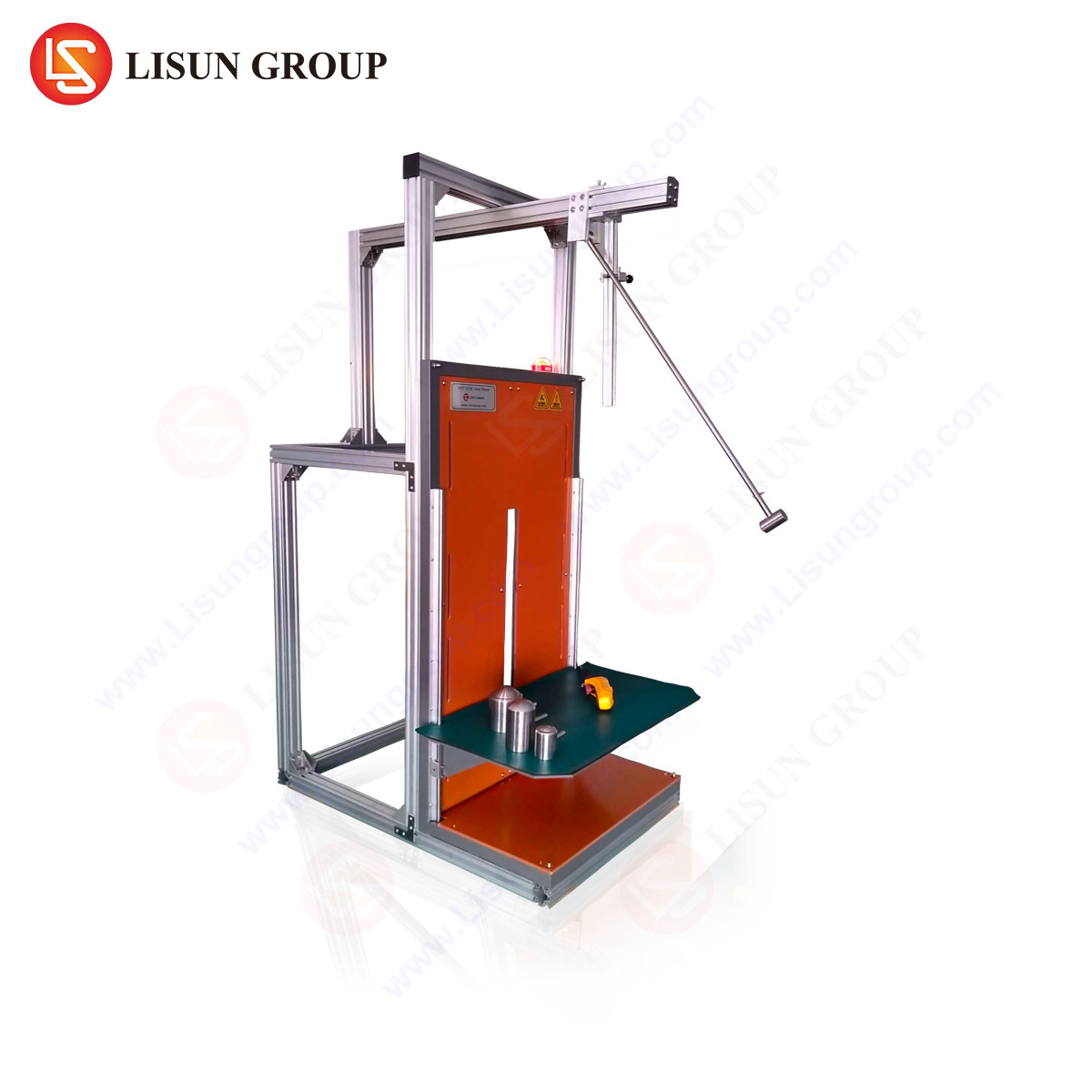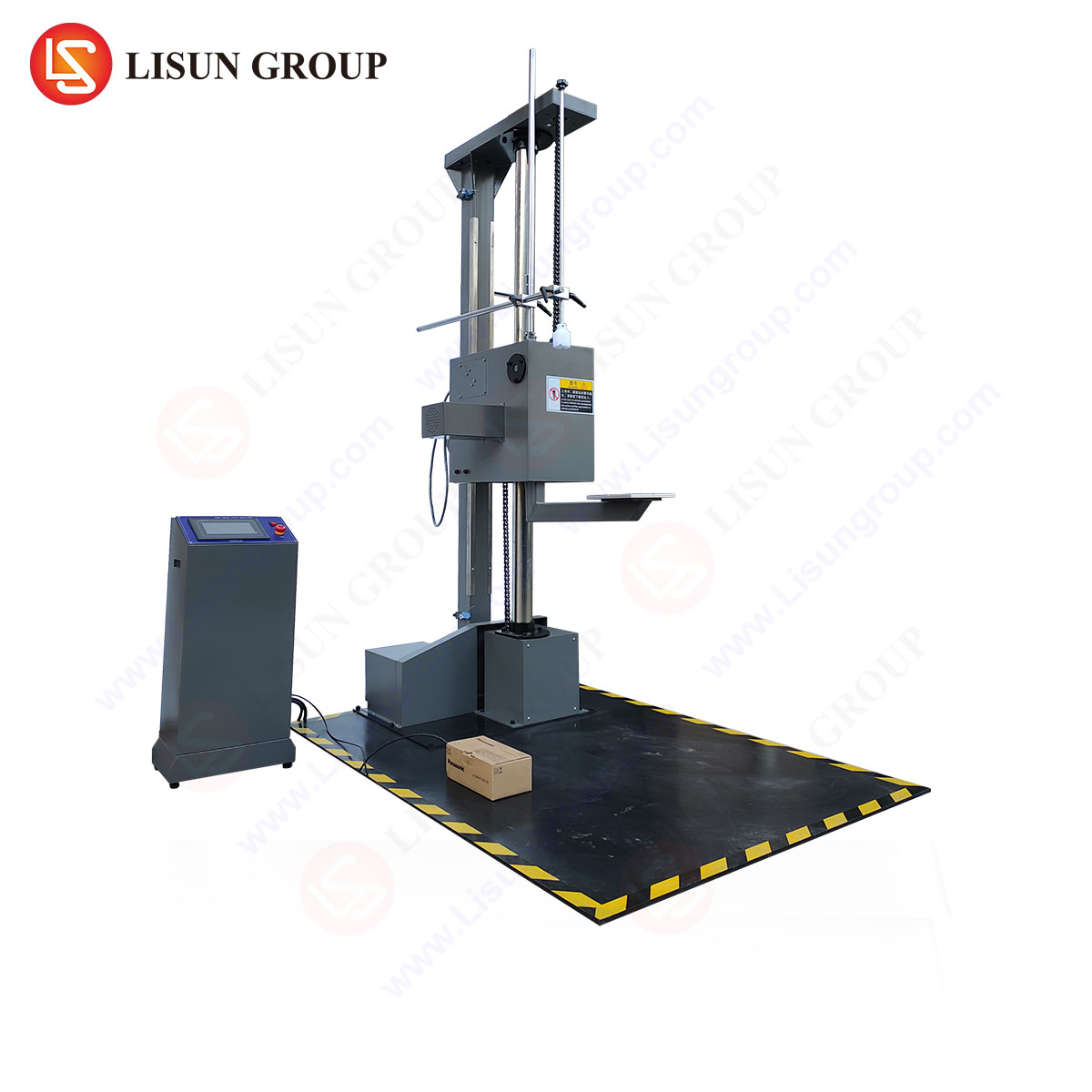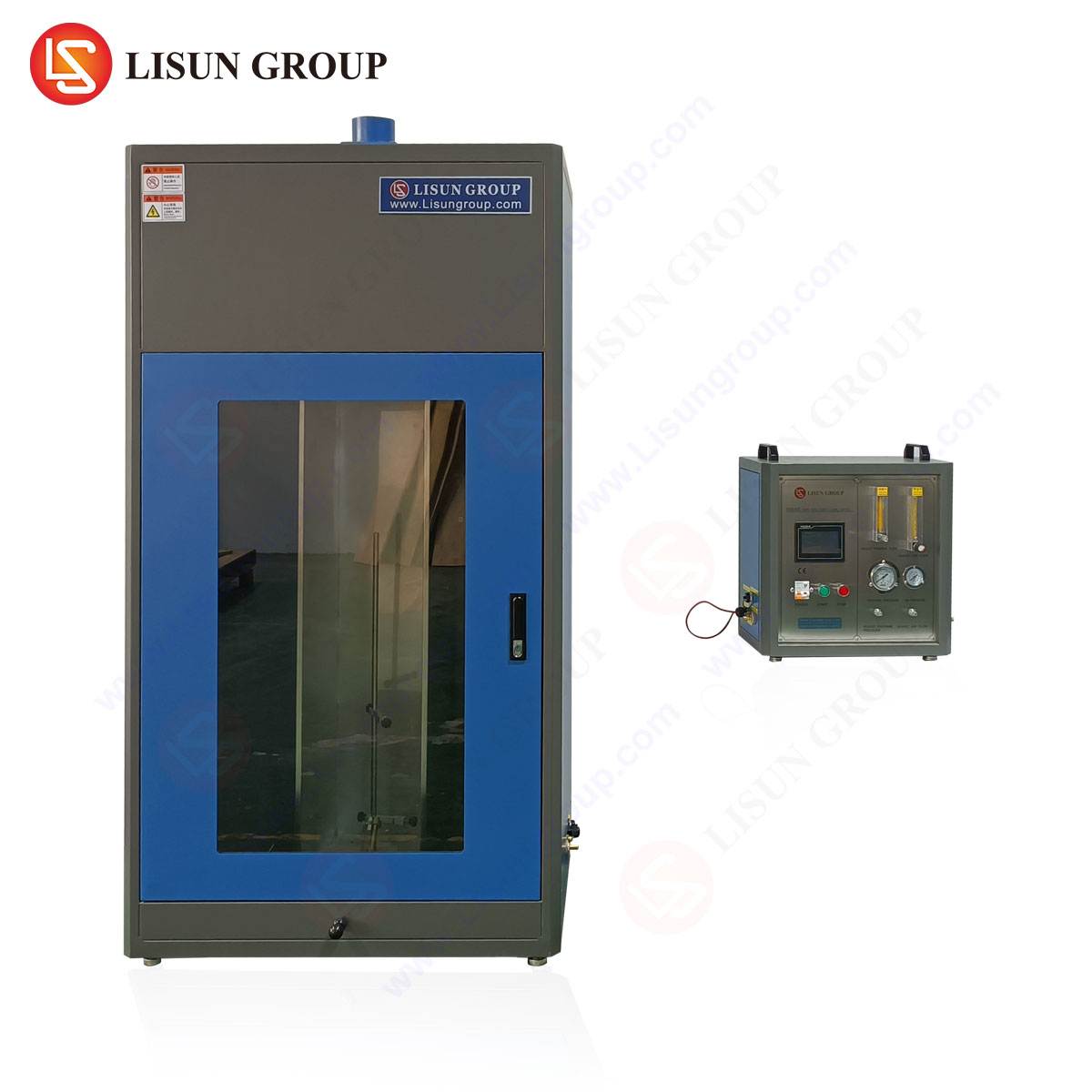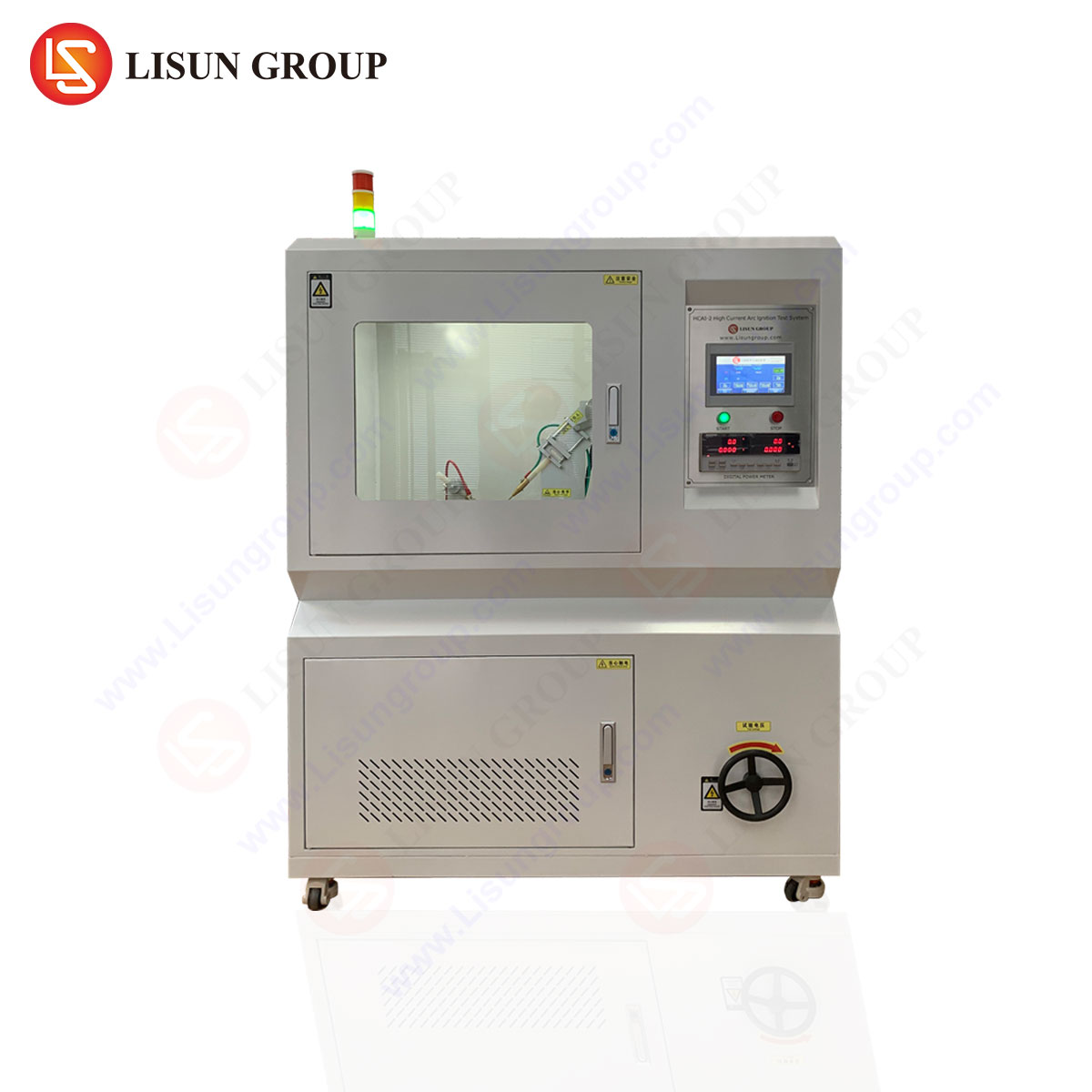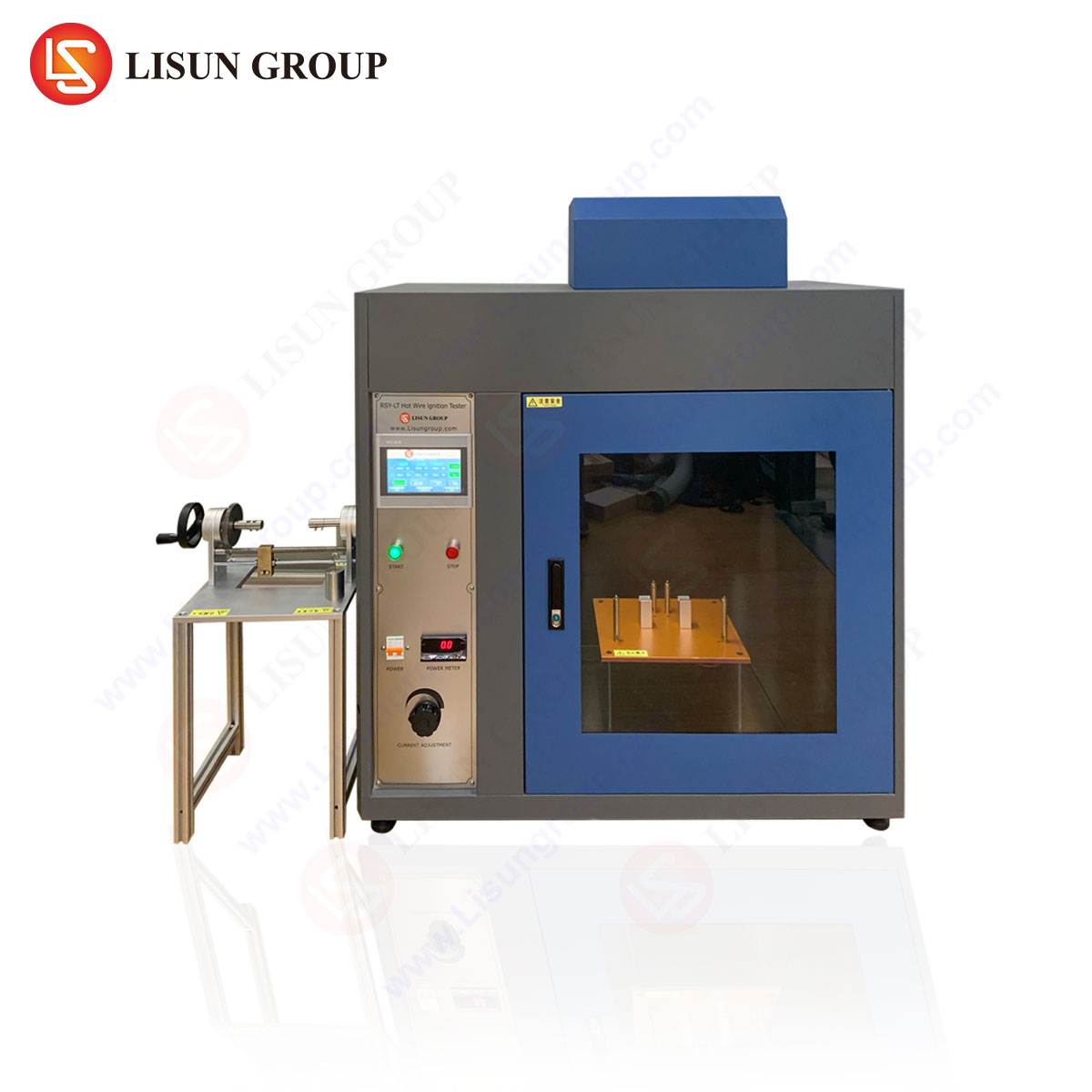Introducción a las pruebas de caída y su importancia industrial
Drop testing is a critical evaluation method employed across multiple industries to assess the durability and structural integrity of products subjected to mechanical shock during transportation, handling, or accidental impacts. The process involves controlled free-fall simulations to replicate real-world conditions, ensuring compliance with international standards such as IEC 60068-2-31, MIL-STD-810, and ISTA procedures. Industries ranging from consumer electronics to aerospace rely on these tests to mitigate failure risks, reduce warranty claims, and enhance product reliability.
El LISÚN DT-60KG drop tester exemplifies advanced testing instrumentation designed to meet stringent requirements for electrical and electronic equipment, automotive components, and medical devices. Its precision in simulating drop heights, impact angles, and repeatability makes it indispensable for validating product robustness.
Fundamental Principles of Drop Testing
Drop testing evaluates a product’s ability to withstand kinetic energy transfer upon impact with a rigid surface. Key parameters include:
- Drop Height: Determined by product weight and expected handling conditions (e.g., 0.5m for handheld devices, 1.2m for industrial equipment).
- Impact Surface: Typically steel or concrete, standardized to ensure consistency.
- Orientation: Products are tested in multiple orientations (flat, edge, corner) to assess weakest points.
- Post-Test Evaluation: Includes visual inspection, functional testing, and structural analysis.
The LISUN DT-60KG adheres to these principles with a maximum load capacity of 60kg, adjustable drop heights up to 2m, and programmable multi-angle testing. Its electromechanical release mechanism ensures minimal interference, while integrated sensors capture acceleration and force data for detailed failure analysis.
Industry-Specific Applications of Drop Testing
Material eléctrico y electrónico
Devices such as circuit breakers, power supplies, and telecommunications hardware must endure accidental drops during installation or maintenance. The DT-60KG verifies compliance with IEC 60529 (IP ratings) by assessing enclosure integrity post-impact.
Electrónica del automóvil
Components like infotainment systems and ECU modules undergo repeated shock testing to meet ISO 16750-3 standards. The DT-60KG’s high-load capacity accommodates bulky assemblies, simulating impacts from assembly line mishandling.
Productos sanitarios
Portable diagnostic equipment and surgical tools are tested to FDA and ISO 13485 requirements. The DT-60KG’s precision ensures reproducible results for critical life-sustaining devices.
Aeroespacial y aviación
Avionics and cabin components must resist shock from turbulence or rough landings. MIL-STD-810G mandates multi-axis drop testing, achievable via the DT-60KG’s configurable test profiles.
Key Standards Governing Drop Testing
IEC 60068-2-31
This standard outlines procedures for free-fall testing, specifying surface hardness, drop repetition, and pass/fail criteria. It is widely adopted for consumer electronics and industrial controls.
ISTA Series (1A-3E)
The International Safe Transit Association protocols simulate shipping hazards. The DT-60KG aligns with ISTA 3A for packaged-products weighing ≤50kg.
MIL-STD-810 Method 516.6
Military-grade equipment undergoes sequential drops from varying heights. The DT-60KG’s ruggedized design meets these extreme conditioning requirements.
Technical Specifications of the LISUN DT-60KG
| Parámetro | Especificación |
|---|---|
| Capacidad de carga máxima | 60kg |
| Drop Height Range | 300–2000mm (adjustable in 1mm increments) |
| Impact Surface | Hardened steel (HRC 50) |
| Release Mechanism | Electromagnetic, <5ms response time |
| Adquisición de datos | Integrated accelerometer (1000Hz sampling) |
| Cumplimiento | IEC 60068-2-31, MIL-STD-810, ISTA 3A |
Ventajas competitivas del DT-60KG
- High Precision: Programmable height and angle settings eliminate manual errors.
- Versatility: Supports testing for diverse industries, from lightweight consumer electronics to heavy industrial components.
- Durabilidad: Reinforced steel frame withstands repeated high-energy impacts.
- Integridad de los datos: Real-time force and acceleration logging facilitates root-cause analysis.
Case Study: Drop Testing in Lighting Fixtures
A manufacturer of LED streetlights utilized the DT-60KG to validate housing durability under 1.5m drops onto concrete. Post-test analysis revealed stress concentrations at mounting points, leading to design reinforcements that reduced field failures by 22%.
Future Trends in Drop Testing
Advancements include AI-driven predictive failure modeling and multi-axis shock simulations. The DT-60KG’s modular design allows firmware upgrades to accommodate evolving standards.
Sección FAQ
Q1: What is the maximum drop height achievable with the DT-60KG?
The DT-60KG supports adjustable heights from 300mm to 2000mm, catering to most industrial and consumer standards.
Q2: How does the DT-60KG ensure consistent impact surface hardness?
It includes a certified hardened steel plate (HRC 50) and optional surface calibration kits.
Q3: Can the DT-60KG simulate corner drops for consumer electronics?
Yes, its programmable release mechanism allows precise orientation control for edge, flat, and corner impacts.
Q4: What industries benefit most from the DT-60KG’s high load capacity?
Automotive, aerospace, and industrial control systems frequently test heavy assemblies (30–60kg).
Q5: Is the DT-60KG compliant with medical device testing standards?
Absolutely. It meets FDA and ISO 13485 requirements for shock resistance validation.


